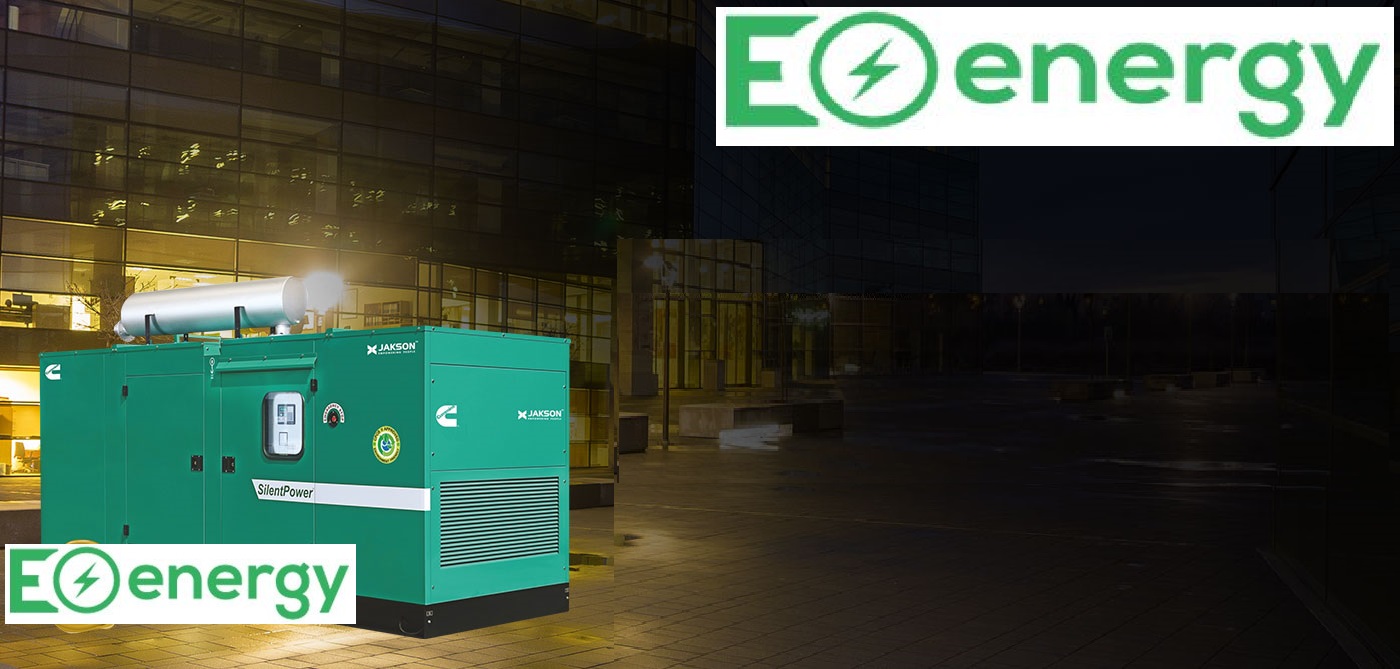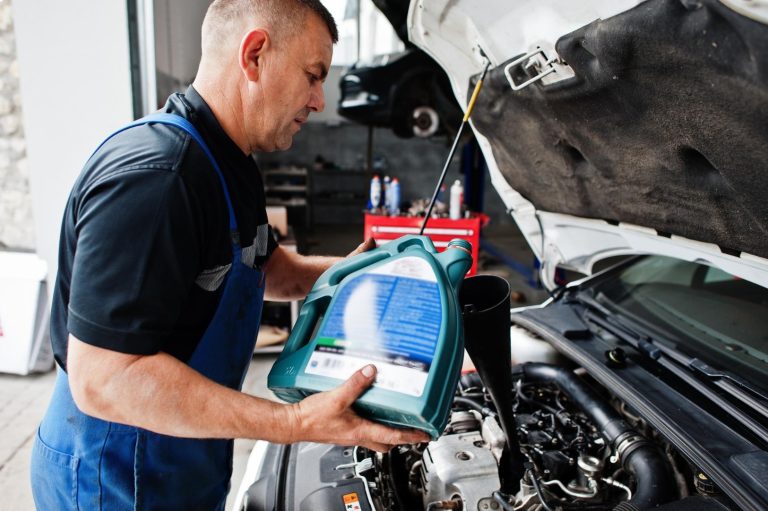
What surface will you put the generator on: earth, grass, rock, or cement? A steel-fortified solid cushion offers the most secure, level, strong, and watertight base, however different materials are additionally serviceable. The generator canopy is the most ideal approach to manage get your DG Set from awful climate or ruination Here are a few choices.
Direct contact: The nook is set or fabricated straightforwardly on grass or earth. Similarly as with a pit fire, it’s imperative to dodge verdant zones and clean up all conceivably combustible material under and around the nook.
Rock: A layer of rock is spread prior to setting or building the wall in the area on top.

Concrete: A piece of cement (at times strengthened with steel rebar) is poured and relieved before the generator is set on it and the fenced area is constructed. Yard blocks: If you have a level, cleared ground space, you can utilize porch squares or pavers to give a solid base. They’re not as strong as possible to give more security than direct contact.
Remember that gentler surfaces like soil or grass can hose generator commotion while harder surfaces like solid, black-top, or wood will in general enhance it. One potential arrangement is to lay an elastic enemy of vibration tangle on the deck surface prior to setting the generator on it.
Environment
The nearby environment is a significant factor to consider, particularly while picking the compartment’s materials and surface to set it on. Temperatures and dampness present threats to your costly hardware, regardless of whether you keep it out of direct downpour, day off, wind. The walled-in area should address the outer states of your nearby environment, particularly mugginess and temperature boundaries.
Here are a few models:
Warm, dry environment: Your generator may get excessively hot in any event, when it’s not running, and you may have to introduce a cooling framework. Cold environment: You may require an outside warming unit to hold parts and liquids back from freezing during winter when they’re not being used.
Close to the sea: You’ll need the shed to withstand the erosion that can accompany saltwater splash and chaperon stickiness. It’s likewise imperative to keep your generator dry, particularly the power source. In the event that water gets in, it can slow down the generator and cause perpetual harm. Water additionally can make the danger of electric shock when it interacts with any electrical gadget.
Access
You can get to a generator through numerous sorts of openings, including:
- a lift-up rooftop or top cover
- at least one single entryways
- twofold front entryways or side entryways
- swing-open folds
- or then again a mix of the above highlights.
The bigger and more various channels there are to permit wind current and access the generator’s controls, the better. Whatever entrance includes your shed offers, it’s ideal to ensure that they a) nearby firmly against climate conditions when not being used, and b) slide or swing wide to give ventilation and access on a case by case basis.
Ventilation
Generators require ventilation, both to guarantee that they work appropriately and to maintain a strategic distance from security dangers like harmful vapor, overheating, and the danger of fire. Uncommon thought ought to be given to building the legitimate ventilation highlights into any fenced in area, including:
Flooring sections in wooden designs separated in any event 1/2 inch separated
Natural air louvers incorporated into dividers or entryways, or at joints; programmed louvers consider ventilation while keeping out downpour and wind, rodents, winged creatures, and bugs
A fumes fan
Enough space to leave the shed entryway open during activity
Peruse more about ventilation and security contemplations beneath in the segment named Safety Considerations for Generator Shelters.
Power
Never attempt to interface your home or business to your generator straightforwardly utilizing an electrical line. A generator requires an exchange change to securely associate with a structure’s electrical framework.
Regardless of whether manual or programmed, an exchange switch controls the progression of power between your structure, the nearby utility stock, and your generator, sending the progression of power the correct way at the correct occasions to guarantee safe activity.
Whatever sort of construction you decide for your generator, it should include a spot assigned for the exchange switch that will keep it dry and offer simple access. Peruse more about power prerequisites beneath in the segment named Important Safety Considerations for Generator Shelters.
Commotion
Gas generators are very noisy. The calmest first in class inverter models produce around 60 decibels (dB), which means you can hold a discussion close by without yelling. Most work out positively past that, running into the 90dB territory that can harm hearing. A few generators don’t list a decibel level rating, so it’s smarter to be protected and protect your nook well.
Generator commotion can be stifled or “perplexed” by capacity in a “generator calm box,” outfitted with clamor decrease materials. By and large, the more layers your generator box has, the calmer it will be. Confound boxes can diminish clamor by half or more. See additional soundproofing subtleties in the part underneath named Soundproof confuse box.
Security
Albeit a robust piece of apparatus, a generator can be helpless in specific conditions. Introducing equipment that allows you to bolt the nook can protect it from dangers by:
For More Updates Click Here


